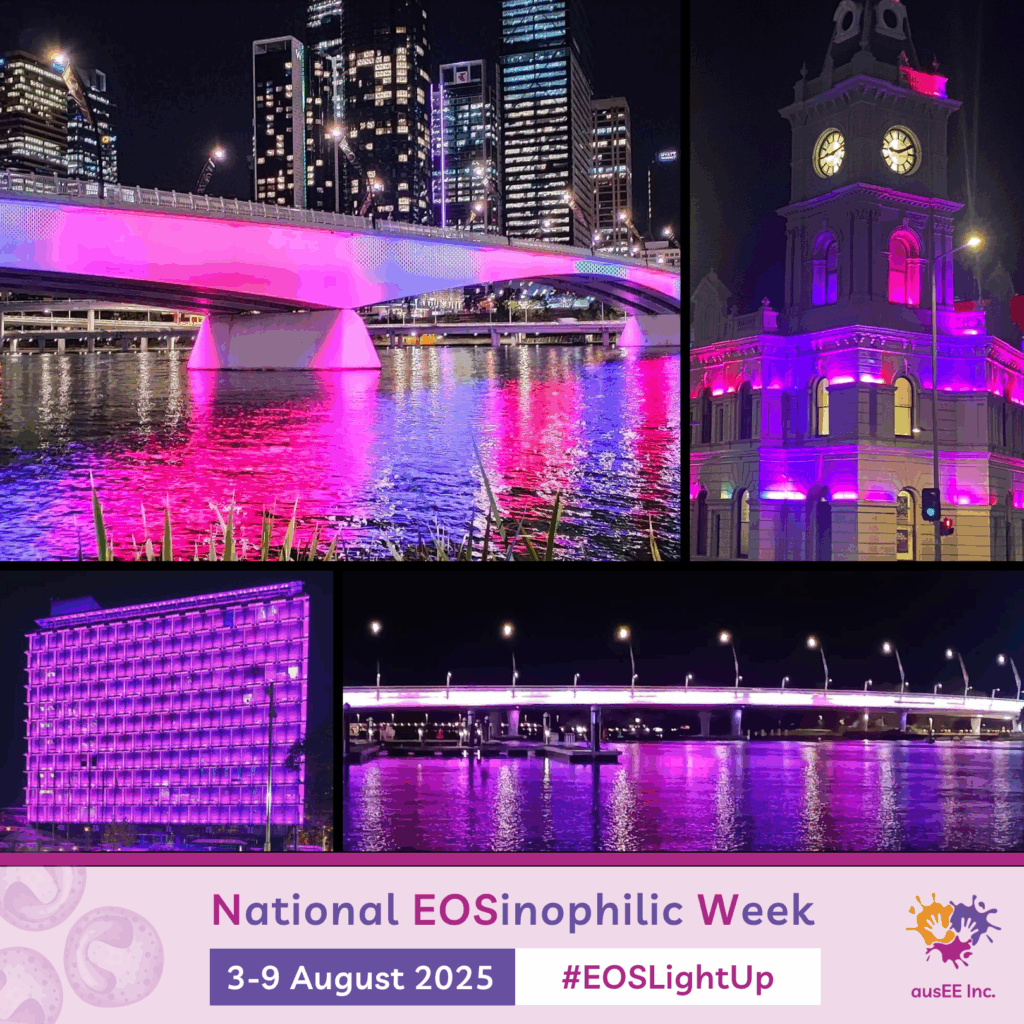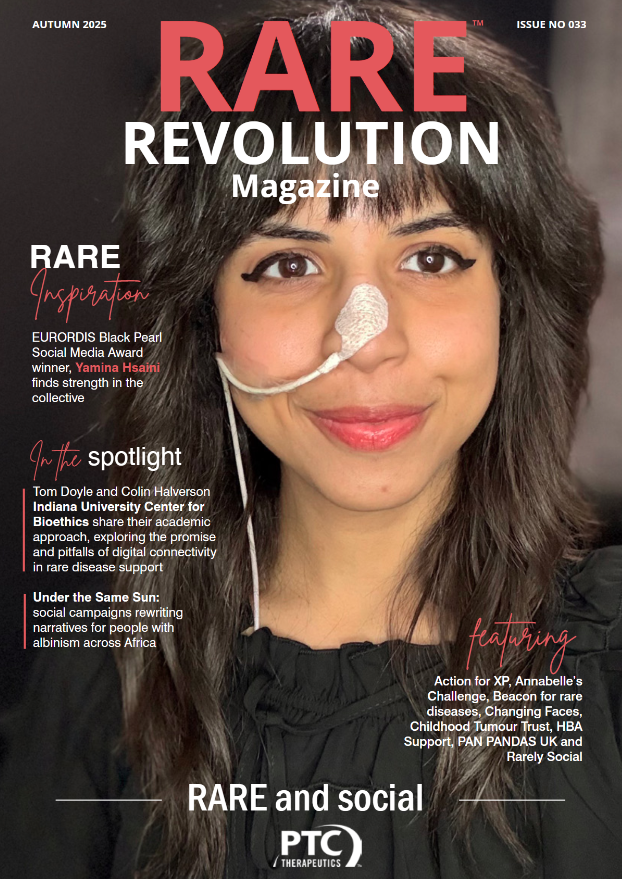Landmarks across Australia and New Zealand light up pink and purple to raise awareness during National Eosinophilic Week
Australia and New Zealand, 21 July 2025 – More than 125 landmarks across Australia and New Zealand will shine in pink and purple during National Eosinophilic Week (NEOSW), held from 3–9 August, to raise awareness of eosinophil-associated diseases (EADs).

The illuminations are part of the #EOSLightUp campaign, led by ausEE Inc., Australia’s national support and advocacy organisation for eosinophilic diseases. Pink and purple are colours used to represent eosinophils—a type of white blood cell involved in certain immune responses. When too many eosinophils build up in parts of the body, they can cause inflammation and tissue damage, which may indicate an EAD. There are different types of EADs, and diagnosis usually depends on where the eosinophils are found and what symptoms a person has.
“Eosinophilic diseases can have a profound impact on a person’s daily life,” says Sarah Gray, CEO and Founder of ausEE Inc. “They often involve chronic symptoms and require ongoing monitoring and long-term management. Our goal during National Eosinophilic Week is to raise awareness and urgently needed funds for medical research.”
As part of NEOSW, ausEE is inviting the public to take part in its major annual fundraiser, the Top 8 Challenge, on Friday, 8 August. Participants are encouraged to go without eight common allergenic foods (milk, wheat, egg, soy, peanuts, tree nuts, fish and shellfish) for one day—highlighting the dietary restrictions that may be faced by people with eosinophilic oesophagitis (EoE), one of the more commonly diagnosed and growing types of EAD.
“EoE affects approximately 1 in 1,000 people and can cause severe swallowing difficulties and food impaction—sometimes requiring emergency medical care,” Sarah explains. “Right now, two critical research projects are ready to go—but they can’t proceed without funding.”
Throughout the week, ausEE will share stories from individuals living with eosinophilic diseases through its #MyEADStory campaign, and spotlight medical experts and researchers via its #SpecialistSpotlight series—aimed at building community understanding and highlighting advances in care and treatment.
“We’re incredibly grateful for the support for our #EOSLightUp campaign,” Sarah adds. “It’s inspiring to see so many buildings and bridges lighting up to show support for those affected by eosinophilic diseases.”
The full list of participating light-up locations is available at: https://eosaware.com/LightUpLandmarks
To get involved in the Top 8 Challenge or make a donation, visit: https://top8challenge.com


